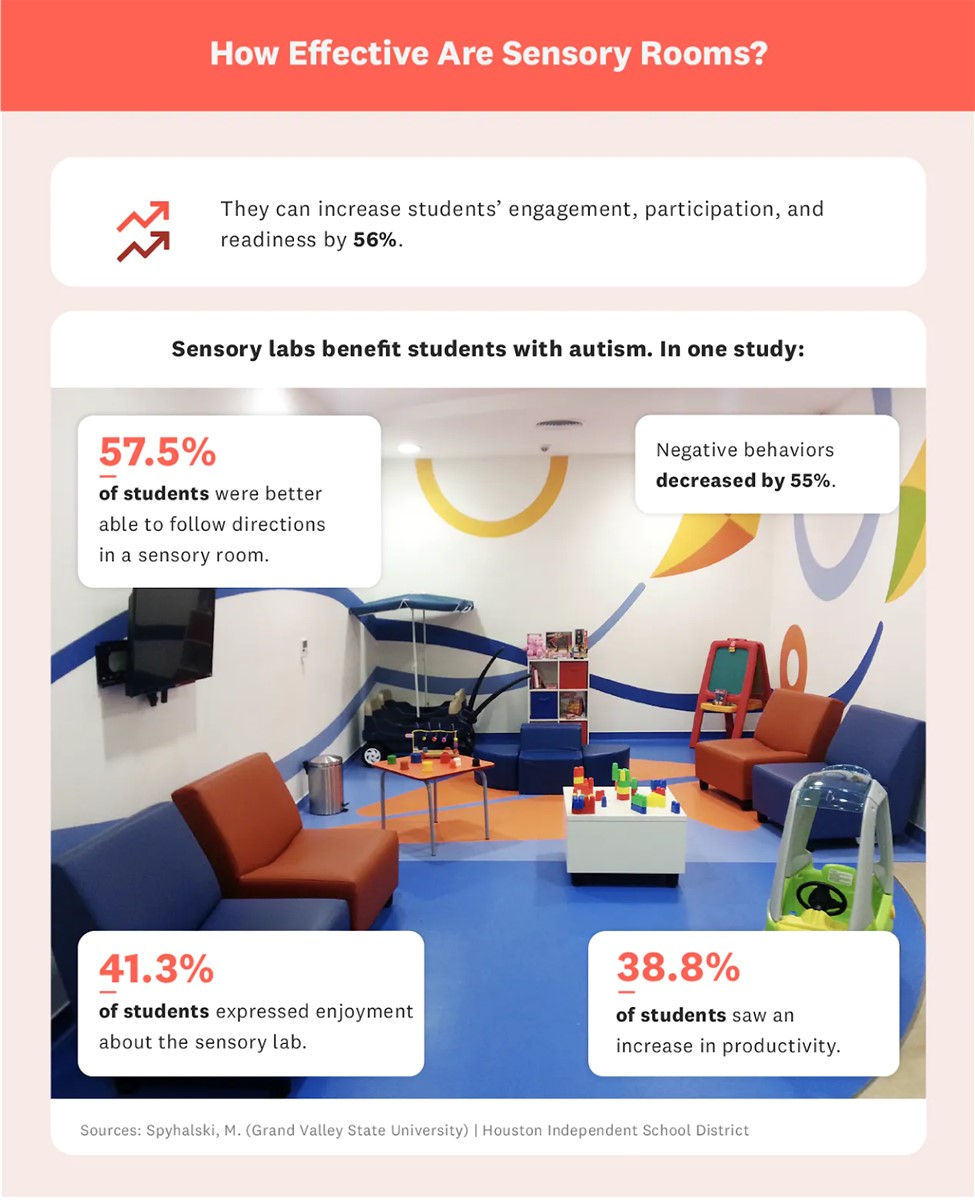Understanding Proprioceptive Input: A Foundation for Physical Development
- Susan Donohoe

- Jun 10, 2022
- 4 min read
Updated: Jul 14
Lift, push, pull, climb, carry… These are just some of the heavy physical body movements you may hear one say when talking about proprioceptive input.
What is Proprioceptive Input
Proprioceptive input is when the body’s Central Nervous System receives sensory input via our tendons, muscles, joints, and deep pressure though our skin. Then our brain gives our bodies information about our position in space, allowing us to perform even the simplest movements and tasks of everyday living accurately and smoothly.
Importance of Proper Proprioceptive Processing
If there is difficulty processing this proprioceptive information correctly, then you may see difficulties with coordinated movements, balance, graded pressure, understanding personal space, emotional control, etc. An intact proprioceptive system interacts well with our other sensory systems and enables a good sense of awareness of our body’s relationship to gravity and space. Aside from this good sense, “heavy work” or proprioceptive input can be calming, organizing to our central nervous system, and help regulate our emotions. This is where we are going to dive further into.

Navigating Overstimulation: A Child's Perspective
The Challenge of Sensory Overload
So now I want you to imagine being a child who (has difficulty integrating their sensory systems, making them feel dysregulated, or in other words, having difficulty regulating their emotions.) Things we take for granted everyday can become a huge challenge.
Example of Proprioception
Overstimulation Example
For example, think about being at the fair and your child wants cotton candy. You get in line and take notice that there are about 5 people ahead of you. So, you may tell your child we have to be patient and wait our turn. You may verbalize that we need to wait. Your child may comply but seems to become overstimulated and dysregulated quickly. Consider what their sensory systems may be taking in. The idea of standing in line, lights flashing, the music rides, the buzzing sound coming from the water games, the bells ringing, and the crowd.

All of this may be very over stimulating for your child. You may notice your child is growing more and more agitated due to the overwhelming stimulation they are facing. Your child inches closer to the woman in front of them, bumping into people and moving around without notice what personal space is. Maybe you take their hand and remind them we need to keep an arm’s length to respect people’s personal boundaries. Now, your child may be starting to yell and cry. You are trying to keep them calm by explaining that they need to wait their turn to get cotton candy, and they are doing a great job! To no avail, your child is dysregulated.
Supporting Proprioceptive Needs: Practical Strategies
In a situation like the one above, proactive parents can take several measures to mitigate potential challenges. Here are some strategies to use to support your child’s proprioceptive needs.
Preemptive Measures for Stressful Situations
To support a child facing higher-stress situations, parents can implement the following strategies before difficulties arise:
Assess Sensory Surroundings: Evaluate the environment for potential overstimulation.
Use Concise Communication: Recognize that the auditory system may shut down, opting for fewer words.
Proprioceptive Activities Plan: Be prepared with proprioceptive activities for emotional regulation in demanding situations.
Tactics To Calm Overstimulation or Dysregulation in Your Child
Pick up your child and give them squeezes (creating deep pressure).
Bring or buy crunchy snacks, chewing gum, or sucking foods to have when in line. The oral field including the jaw is a great place for proprioceptive input.
Hold hands, give joint compressions, massage the child's arm and shoulders.
Play a game of; how high can I jump while standing in line (this is also helping with distractions from the current situation).
See who can stand on their toes the longest.
Bring a headset with music (also noise canceling headphones) (music can help recover from the child’s stress response).
Look at pictures on your phone (visuals are much easier to pay attention to then words).
Tense and release muscle contractions, make a game out of it.
Standing on one leg like a flamingo, then switch.
Rock your child back and forth (Rocking is a linear calming input).
Sing a song together.

The Role of Proprioceptive Input in Sensory Regulation
Overall, proprioception input can be viewed as a safe and positive input to help reach a child’s sensory need for regulation. Just because we cannot see it, taste it, or touch it does not mean the sensory need is not there. We have to look at the need from a nervous system view that deep pressure, heavy lifting, and pushing is regulating the in depth need of the sensory system. These are just a few small things to help support a child with proprioception needs. By encouraging heavy work, we are allowing the sensory system to adjust and give the child the ability to receive the input they need.
Products You May Like:
Resources
Petix, L. (2022, April 22). Proprioceptive input: The magic pill for sensory regulation -. The OT Butterfly | Official Website. Retrieved June 4, 2022, from https://theotbutterfly.com/heavywork/sensory-processing/



